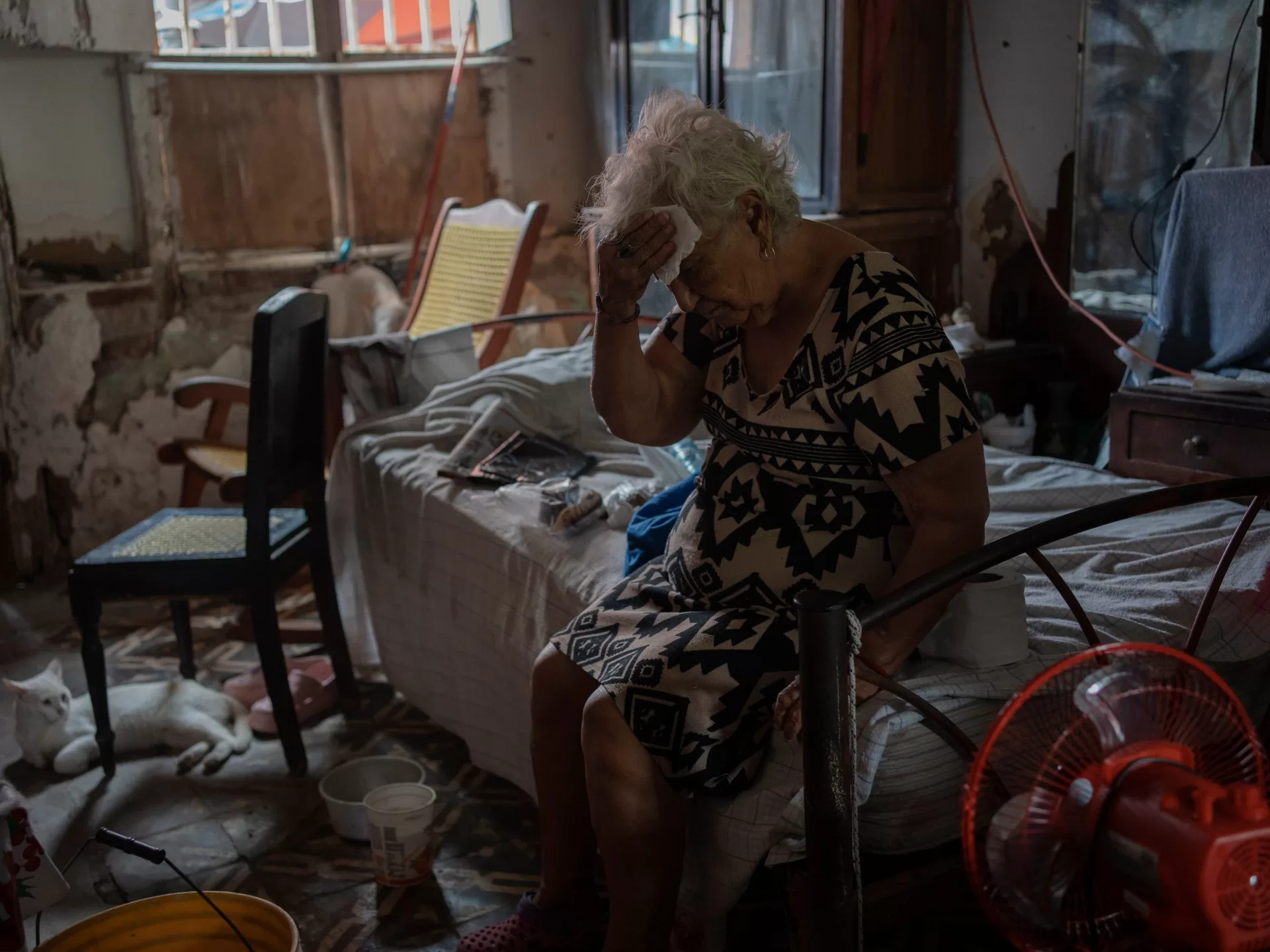The World Weather Attribution (WWA) group also said the extreme highs experienced across the region in May and June were four times as likely to occur today as a quarter of a century ago.
The record-breaking heat killed at least 125 people in Mexico and caused thousands more to suffer heat strokes, a potentially fatal condition that occurs when the body’s internal cooling mechanism starts to fail.
“We likely do not know the full picture of heat-related deaths, since they are usually only confirmed and reported months after the event, if at all,” said WWA, which uses peer-reviewed methods to assess links between specific extreme events and global warming.
They said as the world continues to burn fossil fuels and emit climate-heating greenhouse gases into the atmosphere, millions more people are expected to be exposed to dangerous levels of heat in the future.
This year has been the hottest on record and already large swaths of the world have endured blistering temperatures before the onset of summer in the Northern Hemisphere.
Heat is the deadliest of all extreme weather but often underestimated, experts say, with children, the elderly and outdoor workers particularly vulnerable.
In Mexico and Central America, the effect of heat is intensified by poor housing conditions, limited access to cooling services, and for those living in informal settlements.
Extreme heat also threatens the stability of electricity supply, which is critical to the functioning of healthcare facilities.
Scientists said extreme heat warming systems and action plans could help bolster Central America’s preparedness for such events, with safety measures needed to protect outdoor workers.
